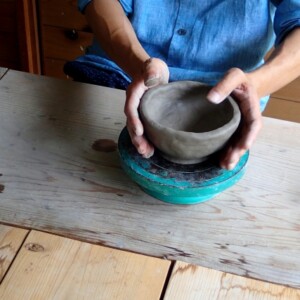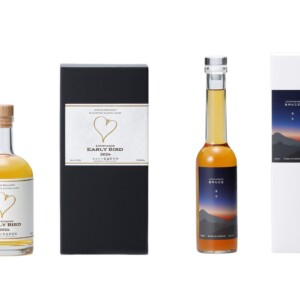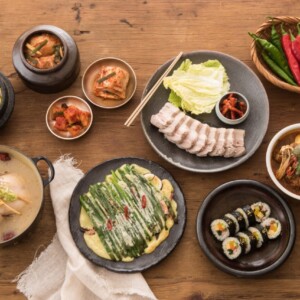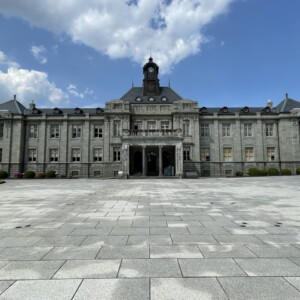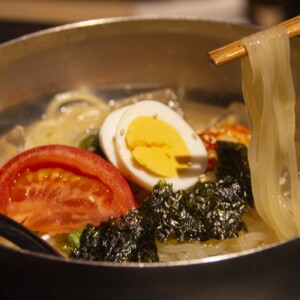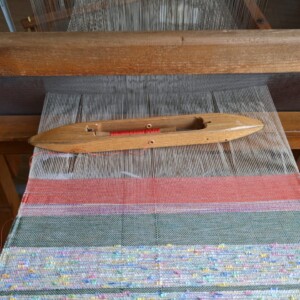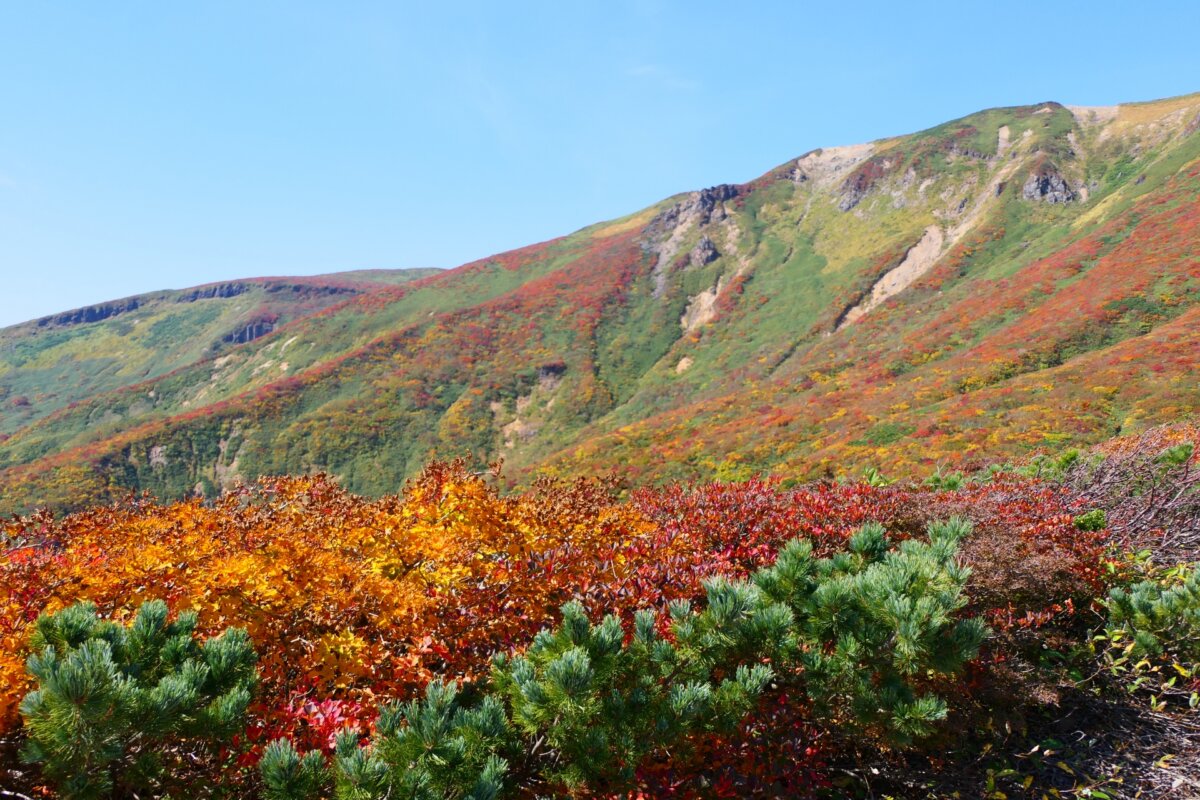
Kurikoma foot Geopark learned from large-scale landslide disasters [Miyagi Prefecture]
table of contents
- 1 Large-scale landslides occur due to Iwate-Miyagi Nairiku Earthquake
- 2 The Ou Mountains, where Mt. Kurikoma is located, are the newest mountain ranges in Earth's history.
- 3 The foot of Mt. Kurikoma is a valuable geopark where you can learn about the earth's activities.
- 4 The view from the top is spectacular. Mt. Kurikoma, which is relatively easy to climb
- 5 Climbing is restricted near Lake Showa, where a lot of toxic gas is spewing out.
- 6 The bright autumn leaves that cover the whole mountain are the biggest highlight of Mt. Kurikoma.
- 7 World valley primeval flower garden where daylilies turn yellow
- 8 Hosokura Mine, where minerals were produced by volcanic activity on Mt. Kurikoma
Mt. Kurikomayama is a volcano at an altitude of 1,626m, located on the border of Miyagi, Iwate and Akita prefectures. In Iwate Prefecture, it is also known as Sukawa It belongs to the Nasu Volcanic Belt, and has erupted twice since its history (1744, 1944), and is still an active volcano that is still active in seismic activity. In a small steam eruption in 1944, "Showa Lake" formed on the crater site on the middle side.
Large-scale landslides occur due to Iwate-Miyagi Nairiku Earthquake
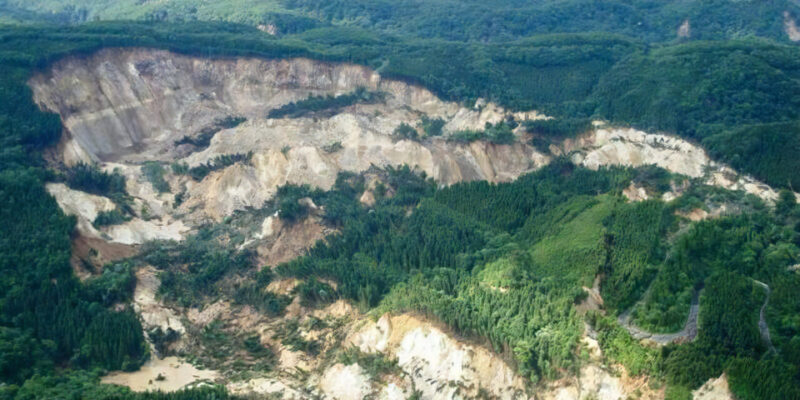
The most damage was the 2008 Iwate-Miyagi Inland Earthquake. The 8km deep and M7.2 earthquake, which occurred on June 14th, was observed to have a maximum seismic intensity of just over 6. This earthquake caused a large-scale landslide at the foot of Mt. Kurikoma on the Miyagi prefecture side, causing serious human damage.
The Iwate-Miyagi Inland Earthquake confirmed over 3,500 slope changes in size and size on the fault that caused the earthquake. In particular, the landslide that occurred in the upper reaches of Aratozawa Dam was a large-scale extension of 1,300m, a maximum width of 900m, and a cliff height of 150m. The amount of soil and sediment that had slipped (unstable sediment generation) was 67 million m3, which amounted to 54 cups of Tokyo Dome.
The Ou Mountains, where Mt. Kurikoma is located, are the newest mountain ranges in Earth's history.

It is said that numerous slope fluctuations, including the Aratozawa Landslide, are due to the origin of the Ou Mountains. The Ou Mountains are mountain ranges (Scekiryosanmyaku) that are lined with watersheds in the Tohoku region, and are the mountain ranges that were created in the world's newest era. The ground on the seabed has risen, and various deposits accumulated over the old ground due to subsequent volcanic activity overlaps to form a mille-feuille-like formation. A solidly hardened old ground and a new, unhardened strata that rides on it. The ridge of Mt. Kurikoma was a strata with the same conditions, and landslides like an avalanche occurred due to a huge, short-term earthquake that shook in a short period of time.
Many landslides, ranging from the large ones that occurred in Aratosawa to the small ones, have occurred in people's living areas, and recovery efforts are still continuing more than 15 years later.
The foot of Mt. Kurikoma is a valuable geopark where you can learn about the earth's activities.
Kurihara City, Miyagi Prefecture, including the area where landslides occurred, is certified as a Kurikoma Mountain Foot Geopark. Geoparks are parks created by the earth. Not only does it provide a dynamic natural playground, but it also challenges people to fight challengingly without warning, where people lived peacefully, such as Mt. Kurikoma. One of the roles of Geoparks is to research and learn to overcome this. Activities have also begun to use this landslide as an important teaching material to learn about the Earth. The Aratozawa Landslide area was selected as one of Japan's 100 Geology Areas as the [upper-stream collapse of Aratozawa Dam].
The view from the top is spectacular. Mt. Kurikoma, which is relatively easy to climb
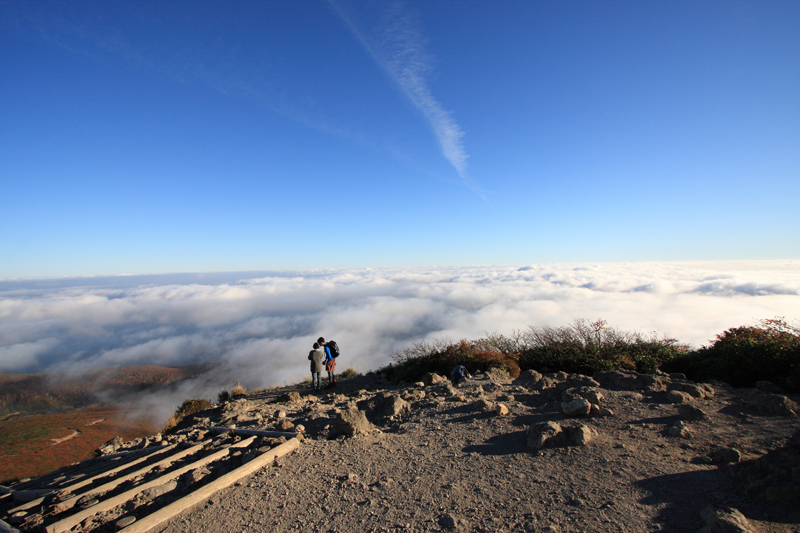
There are nine mountain trails to the summit of Kurikoma, making it fun for beginners to advanced climbers. The trail is well maintained, and there is a parking lot, bathroom, day trip hot springs, and accommodation facilities at the trailhead for peace of mind. Day trips are also available, but camping is prohibited as it is located within the National Park. Also, please note that there are no mountain huts where you can stay during the mountain trail.
Mt. Kurikoma is still an active volcano, and there are areas near the summit that have active fumarole activity, so caution is required as it is a volcano that is constantly monitored by the Japan Meteorological Agency.
Climbing is restricted near Lake Showa, where a lot of toxic gas is spewing out.
As of July 2023, part of the Sugawa mountain trail on the north side is currently closed due to volcanic gases such as hydrogen sulfide gas spewing out near Lake Showa along the way. Traffic restrictions on the mountain trail from the foot of the mountain to Lake Showa will be lifted for a certain period of time in autumn. (Please inquire)
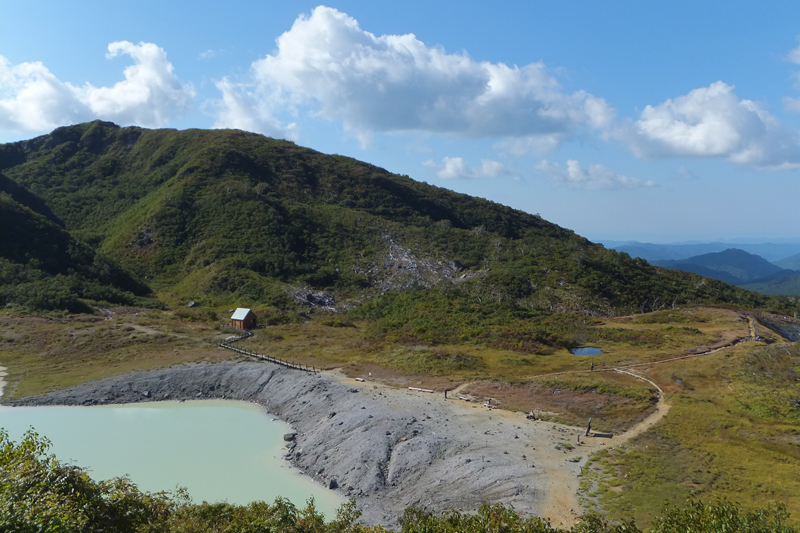
"Showa Lake" is a small lake that formed during a small eruption in 1944, and is a crater lake formed by accumulating water where the crater was located. The water is highly acidic and milky.
The bright autumn leaves that cover the whole mountain are the biggest highlight of Mt. Kurikoma.
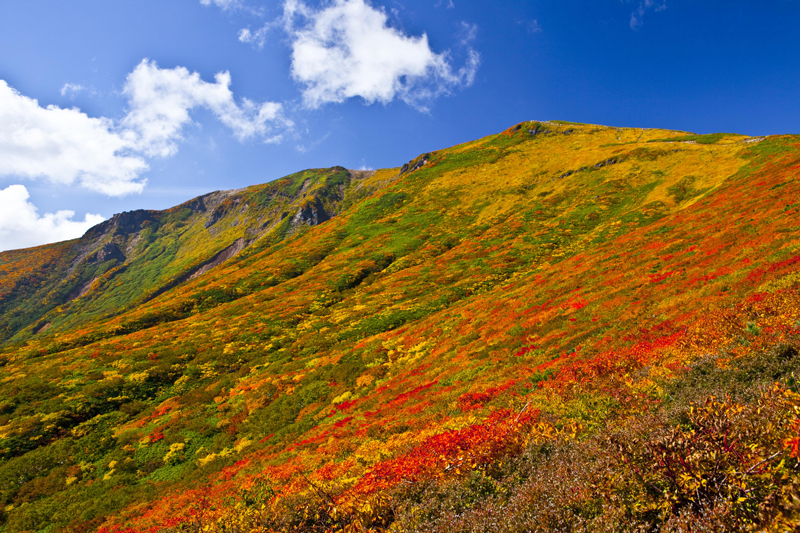
The Kurikoma Mountainside is a famous spot for autumn leaves and many tourists visit it. Around the trailhead "Iwakagamidaira", which heads to the summit from the Kurikoma Foot Geopark side, there are even autumn-only buses running to see the autumn leaves dyed to the summit. You can only reach the former Ikoi no Mura Kurikoma site parking lot during the autumn leaves period. You will be able to pick up and drop off at [Ikoi no Mura Kurikoma former parking lot] to [Iwakagamidaira parking lot] by shuttle bus.
The mountain is located at an altitude of 1,113m from the trailhead [Iwakakamidaira], and there are two routes to the summit. The central route is the shortest of the mountain trails, at 2.9km to the summit, and is well-maintained with a gentle slope, making it perfect for beginners. There are almost no dangerous spots, and you can leisurely walk back and forth within 3 hours. There is the Kurikoma Rest House in Iwakagami-daira, which has a store, restaurant, and toilets, and is a sturdy reinforced concrete building that can be used as a shelter.
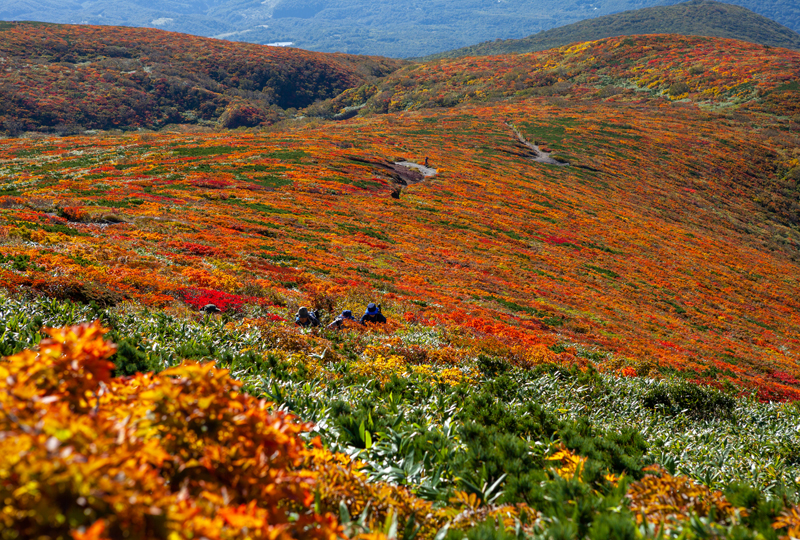
Kurikoma Rest House <Information>
- Facility name: Iwakagamidaira trailhead/Kurikoma rest house
- Location: Koei Higashi, Kurikoma Numakura, Kurihara City, Miyagi Prefecture
- Phone number: 0228-43-4100
- Business hours: 9:00-17:00
- access:
- Railway/Approximately 1 hour by car from Kurikoma Kogen Station on the Tohoku Shinkansen
- Car: 50 minutes from Tohoku Expressway Kananari Wakayanagi IC
- *During the autumn period (early to late October), the route bus "Kurikomayama Momiji" runs once a day from Kurikoma Kogen Station on Saturdays, Sundays, and public holidays (operation periods and times can be found on the Miyako Bus homepage)
- URL: Miyako Bus (Miyagi Kotsu)
- URL: Kurikoma Rest House
Google Map
World valley primeval flower garden where daylilies turn yellow
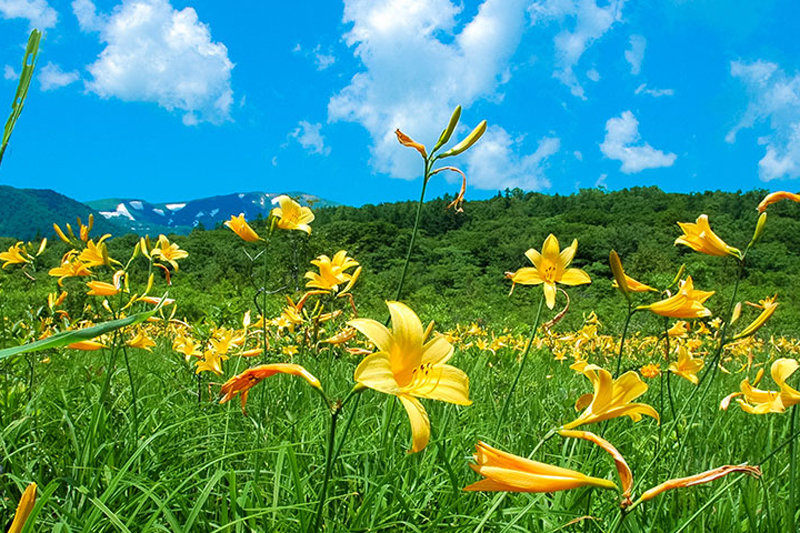
The World Yachi Farm Garden is a long, elongated marshland spreading in a plateau area at an altitude of around 700m, and has an area of approximately 14 hectares, and the size of the Tokyo Dome is approximately three. Sekai Yachi means "wide wetlands," and consists of four groups, divided into three levels: upper, middle and lower, and eight marshlands, large and small.
At the World Yachi Primeval Flower Garden, a variety of wetland flowers compete in bloom, from the skunk cabbage in May to the Ezo oyamarindo in September. The large clumps of day lilies that bloom in late June are especially spectacular, turning the entire wetland orange.
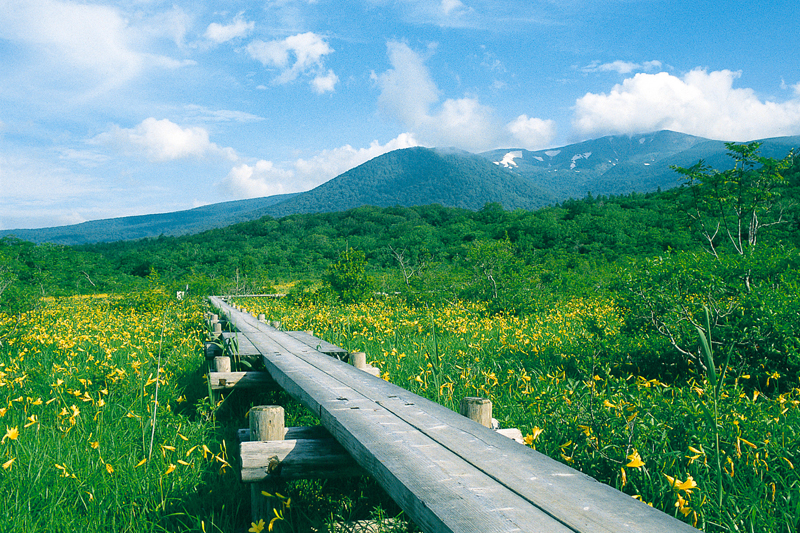
You can reach the wetland by walking for about 15 minutes from the private parking lot, and it has become popular as a wetland that anyone can visit.
World Yachi Primitive Flower Garden <Information>
- Facility name: World Valley Primeval Flower Garden
- Location: Kurihara City, Miyagi Prefecture, Kurikoma Numakura Koueinan, Kurihara City, Miyagi Prefecture
- Freedom to stroll
- access:
- Railway: Approximately 1 hour and 10 minutes by car from Kurikoma Kogen Station on the Tohoku Shinkansen
- Car: Approximately 1 hour from Wakayagi Kananari IC on the Tohoku Expressway
Google Map
Hosokura Mine, where minerals were produced by volcanic activity on Mt. Kurikoma
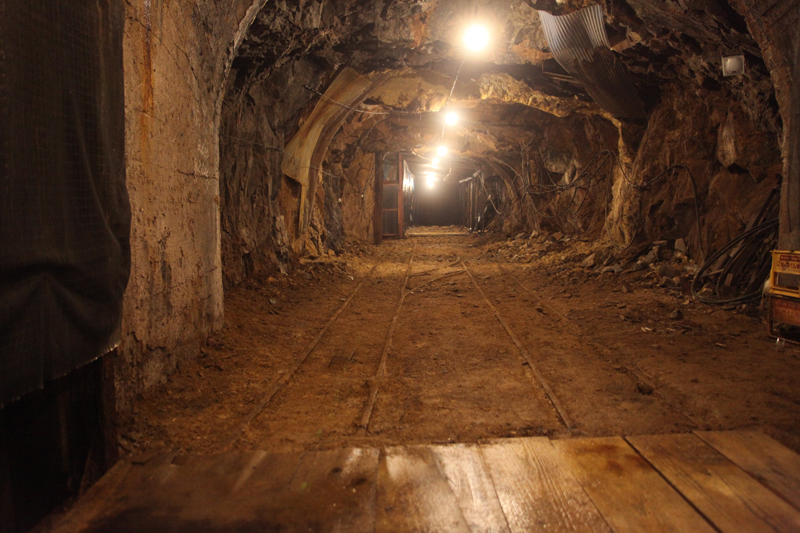
Hosokura Mine was discovered at the foot of Mt. Kurikoma about 1,100 years ago and produced silver and lead, which continued to be mined until 1987 (Showa 62). During the Edo period, the Date Domain put in great force, and then mining continued until 1987 (Showa 62). It was war that transformed the Hosokura Mine into one of Japan's leading mines. In particular, World War I, which broke out in 1915 (Taisho 4), increased military demand for lead and zinc. This was up until World War II, and after that, the mountain was forced to close due to a decrease in demand for lead and other products.
The deposit at Hosokura Mine is called a "hydrothermal deposit," and the volcanic activity on Mt. Kurikoma plays an important role. Hot water, deep underground, warmed by magma, rises to the surface, taking in various metal ions from the rocks in the water path. This causes the ions to crystallize as they change environmentally, such as pressure and chemical reactions, and precipitate in cracks in rocks. The minerals accumulated in cracks are veins, and these contain many useful metal minerals such as gold, silver, copper, lead, zinc and tin. This vein is a "hydrothermal deposit ," and the deposit at Hosokura Mine is truly this "hydrothermal deposit."
was reborn as "Hosokura Mine Park" where you can learn about the history of Hosokura Mine and experience an underground exploration trip using the old mine [Adventure Thorn] is used as a place of learning, including historical exhibitions and work scenes at Hosokura Mine, as well as experiences of gold dust collecting and exhibits that assume the mines are created as spaces for space. [Slider Park] is a thrilling slide (slide) with a gondola as you go up, and a 555m long slider (slide) for the descent. You can enjoy a huge panoramic view of the foot of Mt. Kurikoma from the observation deck.
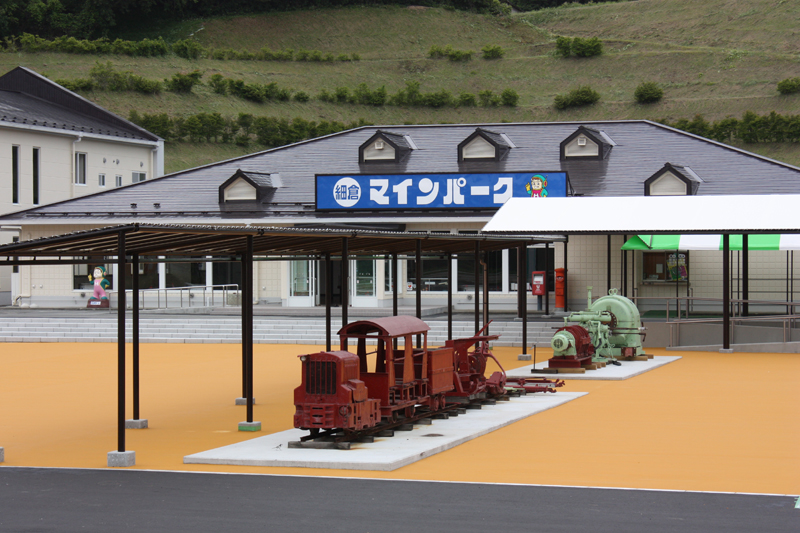
Hosokura Mine Park <Information>
- Facility name: Hosokura Mine Park
- Location: 2-3 Yanagisawa, Nango Uguisawa, Kurihara City, Miyagi Prefecture
- Phone number: 0228-55-3215
- business hours:
- March-November/9:30-17:00
- December-February/9:30-16:00
- Closed: Tuesdays (the next day if it is a holiday), New Year holidays
- *Open without holidays during Golden Week and summer vacation
- Admission fee:
- Sightseeing mine tunnel viewing/adults 500 yen, junior high and high school students 400 yen, elementary school students 300 yen
- Gold panning experience/adults, junior high and high school students 500 yen, elementary school students 400 yen
- access:
- Railway/About 40 minutes by car from Kurikoma Kogen Station on the Tohoku Shinkansen
- Car: Approximately 35 minutes from Tohoku Expressway Tsukidate IC, approximately 30 minutes from Wakayanagi Kananari IC
- URL: Hosokura Mine Park



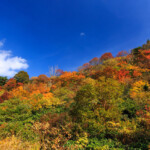
![Scary and slightly sad stories... "Michinoku Otogi Kaido" with many stories left behind [Shichigasyu-cho, Shiraishi City, Miyagi Prefecture] Fairytale images](https://jp.neft.asia/wp-content/uploads/2023/04/be73b392233d2fe609797e999f8ca547-1-150x150.jpg)
![Hot springs gush out in a place where there are no volcanoes! "Yuzawa Geopark" where you can see the mystery of the earth up close [Akita Prefecture] 4550228_m](https://jp.neft.asia/wp-content/uploads/2023/02/4550228_m-150x150.jpg)
![[Iwate Prefecture] 7 famous waters in Iwate Prefecture! Sweetfish and salmon swim upstream in the famous water that flows through the city! Kanazawa Seisui](https://jp.neft.asia/wp-content/uploads/2023/01/04c0e41c5c967dc6dff186747fcc80df-150x150.jpg)
![From Iwaya in Kurotsuka to Bunchisuriishi. Matsuo Basho visited the legendary rock [Fukushima Prefecture] 2016_07_MG_7167](https://jp.neft.asia/wp-content/uploads/2022/11/2016_07_MG_7167-150x150.jpg)
![[Miyagi Prefecture] 3 recommended hot springs in Miyagi Prefecture that you can choose from secret hot springs, famous hot springs, and unique spring quality! Ichinobo 1 official website](https://jp.neft.asia/wp-content/uploads/2024/01/78ca4f579aa2c9ae226b88b519c3bac4-150x150.jpg)
![Togata Kokeshi - Traditional Kokeshi developed at Togata Onsen in Miyagi Zao [Miyagi Prefecture] Togata Kokeshi's expression](https://jp.neft.asia/wp-content/uploads/2024/09/IMG_1784-150x150.jpg)
![[Morioka City, Iwate Prefecture] “Morioka’s talisman rock” Eboshi Rock is one of the best power spots in Iwate 22069204_m](https://jp.neft.asia/wp-content/uploads/2022/07/22069204_m-150x150.jpg)
